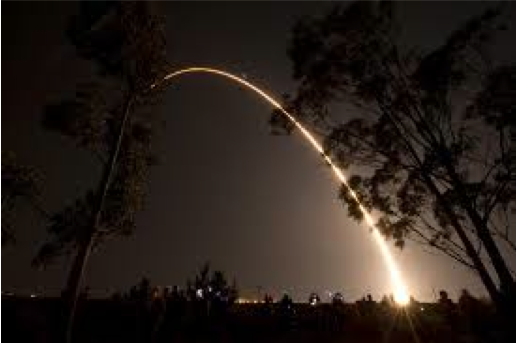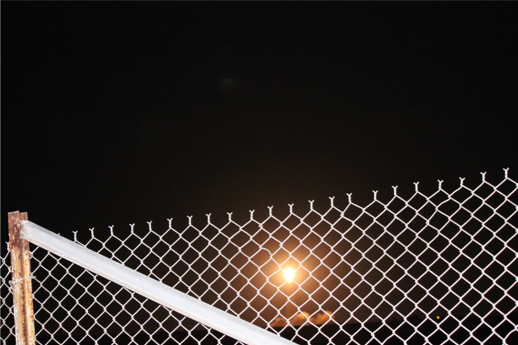Satellite mission, TEMPO (Tropospheric Emission: Monitoring of Pollution),
was selected by NASA in 2012 and is scheduled to be launched via SpaceX in 2022.
TEMPO will provide hourly measurement of aerosol and trace gases over the North America at
spatial resolution of 4-8 km2 as well as the possibility to measure the spectra of city lights at night
(Zoogman et al., 2017).
It will usher an new era for atmospheric chemist research with a wide range of applications to
improve the environmental protection, prediction of air quality, and protection of human health
(Chance et al., 2019).

Graphic overview of TEMPO mission, source: http://tempo.si.edu/overview.html
Since the inception of TEMPO concept, AER Lab has been in close collaboration with the research team led by Dr. Kelly Chance, PI of TEMPO, in Smithsonian Astrophysical Observatory. As part of TEMPO investigation, AER team have developed novel algorithms and tools in preparation of using TMEPO data for the following:

Satellite mission,
Multi-Angle Imager for Aerosols (MAIA)
,
was selected by NASA in 2016 and will be launched in ~2024. It represents the
first time NASA has partnered with epidemiologists and health organizations on a
satellite mission to study human health and improve lives
(
Diner et al., 2018)

MAIA, source: https://maia.jpl.nasa.gov
Since the inception of MAIA concept, AER Lab has been in close collaboration with the research team led by Dr. David Diner, PI of TEMPO, in Jet Population Lab. As part of MAIA’s investigation, AER team have:


Suomi National Polar-orbiting Partnership (SNPP) satellite was launched in Oct. 2021. Designed as a mission to bridge the NOAA’s AVHRR series of satellite and the newer generation of Earth observation satellites, NPP is the result of a partnership between NASA, the National Oceanic and Atmospheric Administration, and the Department of Defense. AER Lab Director, Prof. Jun Wang, was the selected by NASA as the inaugural team member for SNPP science and was invited to watch its launch (see pictures below).
AER’s participation in SNPP mainly focuses on the application of VIIRS instrument to study fires and aerosols as well as the application of OMPS instrument to study atmospheric SO2 and NO2. Here are some highlights (and ongoing projects).